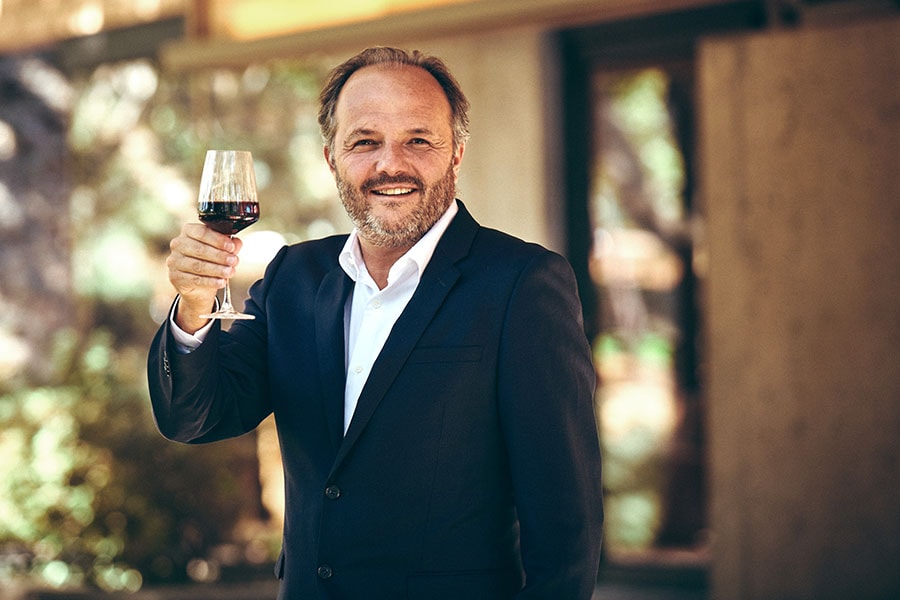
Can Chandon's new made-in-India Shiraz be country's luxury wine for the world?
Chandon Aurva, as the still red wine is called, celebrates Nashik's terroir and innovation in wine-making. Its makers want it to put India's luxury wine prowess on the global map, and change the perception of India as a brown spirit market
 Chandon Aurva is a 100 percent shiraz still red wine, heavy on the red fruit flavours, including plum, cherries and raspberries, with the aroma of jasmine, violet and dry red roses.
Chandon Aurva is a 100 percent shiraz still red wine, heavy on the red fruit flavours, including plum, cherries and raspberries, with the aroma of jasmine, violet and dry red roses.
LVMH-owned Moët Hennessy’s sparkling wine maison, Chandon, has for the first time in its 60-year history, introduced a still wine, made in India’s Nashik.
Chandon Aurva is a 100 percent shiraz still red wine, heavy on the red fruit flavours, including plum, cherries and raspberries, with the aroma of jasmine, violet and dry red roses. It’s aged in both old and new oak, and features innovation in Chandon’s own wine-making technology, as well as in managing the vineyard in ‘intensely hot’ Nashik.
‘Aurva’ means ‘of the earth’ in Sanskrit, and the team thought it a fitting name for a Shiraz too. In fact, the label contains Warli art, indigenous to Maharashtra, the state where Nashik lies.
“We want Aurva to be the product for luxury wine, from India to the world,” Ipsita Das (ID), managing director at Moët Hennessy India, said to Forbes India. Edited excerpts from an interview with Das and Arnaud De Saignes (ADS), president of Chandon:










